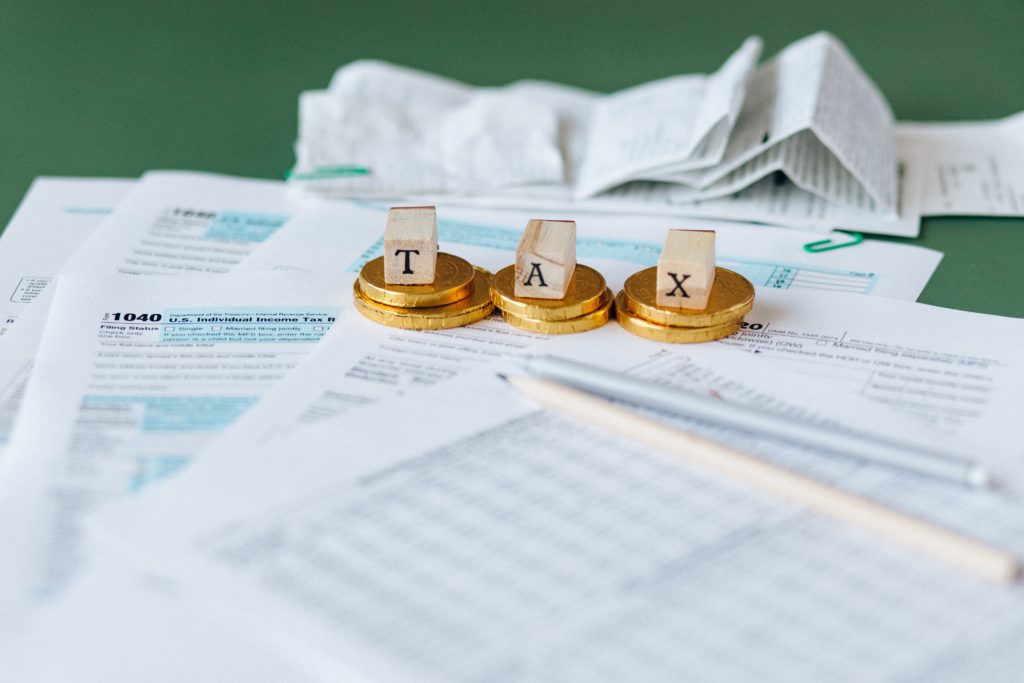 Click here to access the PDF version of the policy brief.
Click here to access the PDF version of the policy brief.
While higher oil prices meant higher revenue for Alaska through much of 2021 and 2022, prices are now dropping, with fluctuations expected to continue. Unfortunately, Alaska’s heavy reliance on oil and gas taxes and investment income creates extreme revenue volatility that complicates revenue forecasts. The difficult budget discussions that result year after year lead some policymakers to talk of implementing new income or state-wide sales taxes for a more-stable revenue stream.
A thorough economic analysis by the Tax Foundation has found, however, that both kinds of taxes would harm the Alaskan economy and do little to fill the state’s coffers.[1] Instead, policymakers must ensure fiscal restraint by amending the state spending cap, spending responsibly, and cutting unnecessary spending.[2]
Alaska has higher wages than the lower 48 states, on average, but this advantage is offset by a higher-than-average cost of living. Whatever their purchasing power, higher wages mean many residents pay more in federal income taxes. In fact, Alaskans’ federal income tax burden is greater than the amount residents of many other states pay in state income taxes. Adding a state income tax to Alaska’s regime would excessively burden families and businesses even more. Economic literature also shows that income lead to outmigration and reduce in-state employment mobility, gross state product, investment, and innovation.
If those economic harms aren’t enough to dissuade policymakers from an income tax, the Tax Foundation found that, to raise as much revenue from an income tax as the average state, Alaska would have to impose an income tax burden three times higher than California’s, the state with the second-highest income-tax burden in the nation![3]
Alaska would be taking this leap even as most other states in the nation are reducing their reliance on individual income taxes. Twenty-one states have enacted or implemented individual income tax rate cuts since 2021, while only New York and the District of Columbia have raised rates. A new income tax would immediately make our state less competitive and less attractive to new businesses, potential workers, and families.
The other major revenue alternative policymakers sometimes consider is a statewide sales tax. While studies show that sales taxes are less economically harmful than income taxes, they are more regressive and slow economic growth.[4] Were it even possible to design an economically neutral sales tax, an average tax rate would do little to fill the budget gap Alaska is facing.
The Tax Foundation report confirmed what economics would tell us is true: No new state tax will be sufficient or bring true stability to Alaska’s revenue stream. Instead, a new tax, particularly an income tax, would place a heavy burden on families and businesses in Alaska, ultimately harming the state’s economy.
Instead, the solution to budget challenges and revenue volatility is fiscal restraint in the form of a meaningful spending cap and reduced spending.
*******
Endnotes
[1] Jared Walczak. “Economic Implication of an Alaska Income Tax or Its Alternatives.” Tax Foundation. October 4, 2022. https://alaskapolicyforum.org/2022/10/economic-implications-of-an-alaska-income-tax-or-its-alternatives/ (accessed 10/28/2022).
[2] Vance Ginn and Quinn Townsend. “Irresponsible Alaska Budget: FY 2023.” Alaska Policy Forum. July 18, 2022. https://alaskapolicyforum.org/2022/07/irresponsible-alaska-budget-fy-2023/ (accessed 10/28/2022).
[3] Janelle Fritts. “Ranking Individual Income Taxes on the 2022 State Business Tax Climate Index.” Tax Foundation. March 15, 2022. https://taxfoundation.org/income-tax-rank-2022-state-business-tax-climate-index/ (accessed 10/28/2022).
[4] Rea S. Hederman, Jr., Andrew J. Kidd, et al. “Unsustainable Spending: The State of Alaska’s Budget and Economy.” Alaska Policy Forum. April 17, 2019. https://alaskapolicyforum.org/2022/10/unsustainable-spending/ (accessed 10/28/2022).